Podam (포담)
9.9Km 2021-03-22
11, Jahamun-ro, 9-gil, Jongno-gu, Seoul
+82-2-733-0831
A store featured in Korean gourmet programs. This Chinese (cuisine) restaurant is located in Jongno-gu, Seoul. The most famous menu is dim sum.
Hojil (호질)
9.9Km 2021-03-20
15, Jahamun-ro, 9-gil, Jongno-gu, Seoul
+82-2-764-6822
A good restaurant to visit before and after the tour, being located near Gyeongbokgung Palace, one of the tourist attractions. This restaurant's signature menu is spicy sea snail salad. This Korean dishes restaurant is located in Jongno-gu, Seoul.
Tteok Museum (떡박물관)
9.9Km 2021-09-29
71, Donhwamun-ro, Jongno-gu, Seoul
+82-2-741-5447
The Tteok Museum displays over 2,000 Korean kitchen utensils and tteok (rice cake) related items, arranged by various themes. The displayed utensils are handmade household necessities that are ingenuous, yet reveal the lifestyle of the working class. The elderly may relive fond childhood memories and the younger generation can experience the wisdom of ancestors through the rare kitchen utensils.
Jilsiru -Rice Cake Café (떡카페 질시루)
9.9Km 2020-04-24
71, Donhwamun-ro, Jongno-gu, Seoul
+82-2-741-0258
Jilsiru is a modern cafe serving a panoply of traditional snacks. Customers may enjoy the wide variety of tteok (rice cake), hangwa (Korean traditional sweets & cookies), and traditional organic beverages at this cafe with a sophisicated interior.
Seochon Guest House [Korea Quality] / 서촌게스트하우스 [한국관광 품질인증]
9.9Km 2023-09-05
28-3 , Jahamun-ro 7-gil, Jongno-gu, Seoul
+82-2-473-9680
Seochon Guest House in Seochon, Jongno, Seoul, consists of a 90 year-old hanok and a two-story Western-style house. A 6-cheop table is provided for meals, and travelers can use the 1st floor rooms and hall at any time. In the yard, Pansori performances are held twice a year, and residents can sample traditional music, wearing hanbok, and making Korean food; the guesthouse’s other name is Pleasure Valley (Jaeminan Gol)! There are programs for visiting Inwangsan-Bukaksan fortress trail, Gyeongbokgung and other royal palaces, and nearby traditional markets.
Jongmyodaeje (Royal Ancestral Memorial Rite of Joseon) (종묘대제)
9.9Km 2022-10-05
157, Jong-ro, Jongno-gu, Seoul
• 1330 Travel Hotline: +82-2-1330 (Korean, English, Japanese, Chinese) • For more info: +82-2-3210-4806, +82-2-6011-1067
Jongmyodaeje, Korea’s Royal Ancestral Memorial Rite, is a traditional ritual that has been recognized with many important designations. It is a UNESCO Masterpiece of the Oral and Intangible Heritage of Humanity, Important Intangible Cultural Property No. 56 (Jongmyo Jerye), and Korea’s Important Intangible Cultural Property No. 1 (Jongmyo Jeryeak). The ritual is held yearly on the first Sunday of May. It begins with eogahaengnyeol, the fabulous royal parade dating from the Joseon dynasy, which is truly a sight to behold as it moves through the modern city.
Jongmyodaeje originated as a royal ancestral ritual to honor the past kings and queens of the Joseon dynasty. During the Joseon era, the ritual was held five times a year (spring, summer, autumn, winter, and December) until it was abolished by Japanese colonial rule. In 1969, Jongmyodaeje was reinstated and has been held in May every year since.
Jongmyo Shrine, the destination of the procession, was the setting of ceremonial rituals during the Joseon dynasty. Originally, Jongmyo only referred to Jeongjeon (Main Hall) where the memorial tablets of Joseon’s reigning kings and queens are enshrined. Today, however, Jongmyo also encompasses Yeongnyeongjeon (Hall of Eternal Peace) where the tablets of posthumous kings and queens are enshrined and Gongsindang (Hall of Meritorious Subjects) where the tablets of esteemed ministers of the state are kept.
Himart - Yongdu Branch [Tax Refund Shop] (하이마트 용두점)
9.9Km 2024-04-18
414, Gosanja-ro, Dongdaemun-gu, Seoul
-
Matthew Chang Anguk (메튜장 안국)
9.9Km 2025-07-14
33 Yulgok-ro, Jongno-gu, Seoul
Matthew Chang Anguk flagship store uses the whole space to bring the brand's philosophy to life through fragrance. Located in Anguk, the heart of Korea's tradition and aesthetics, the store's tranquil atmosphere sets the mood for visitors to try on and experiment with the brand's carefully selected perfume collection. The staff provides assistance in recommending the perfect scent according to visitor's preference, mood, and nostalgia. The store also has a section dedicated to body care products, such as hand wash and body lotion.
CU - Sungin Dongyang Paraville Branch [Tax Refund Shop] (cu숭인파라빌점)
9.9Km 2024-06-26
1F, #104, 251, Nangye-ro, Jongno-gu, Seoul
-
Seoul Museum of Craft Art (SeMoCA) (서울공예박물관)
9.9Km 2025-06-19
4 Yulgok-ro 3-gil, Jongno-gu, Seoul
The Seoul Museum of Craft Art (SeMoCA), the first public museum of craft art in Korea, opened its doors in Anguk-dong, Jongno-gu, in July 2021 after renovating five buildings of the former Pungmoon Girls’ High School. SeMoCA studies and shares not only works, but also information, records, people, and environment related to craft art with the goal of becoming a dynamic platform for experiencing the technical, practical, artistic, and cultural values of craft.
SeMoCA holds a collection that comprises various crafts and craft materials covering multiple fields and eras from the traditional to the present. SeMoCA also holds exhibitions that feature the history of craft from traditional to contemporary art as well as local and children’s crafts, along with programs that utilize the museum’s craft installations, craft archives, craft library, and craft resource management system.
The site of the museum has deep historical roots as it is also the Andong Secondary Palace Site, where a detached palace was constructed as a royal residence for King Sejong’s son Prince Yeongeung, and served as a venue for royal celebrations, such as the wedding of King Sunjong. The site is also at the center of Jongno-gu, where Joseon-era master artisans (“gyeonggongjang”) of the royal palace produced and delivered craft works.
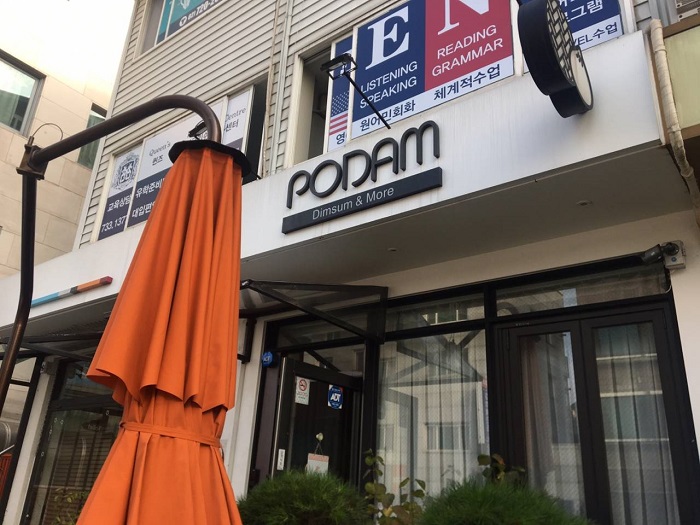
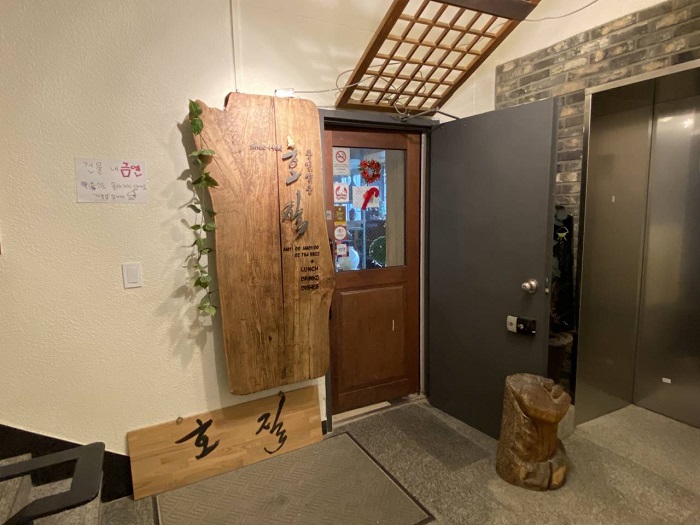
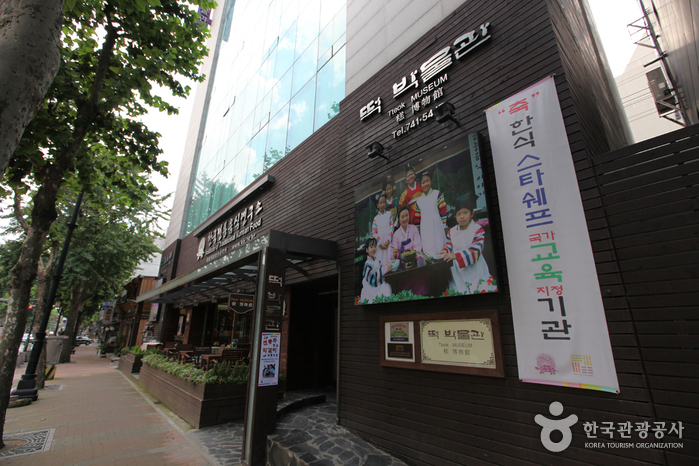
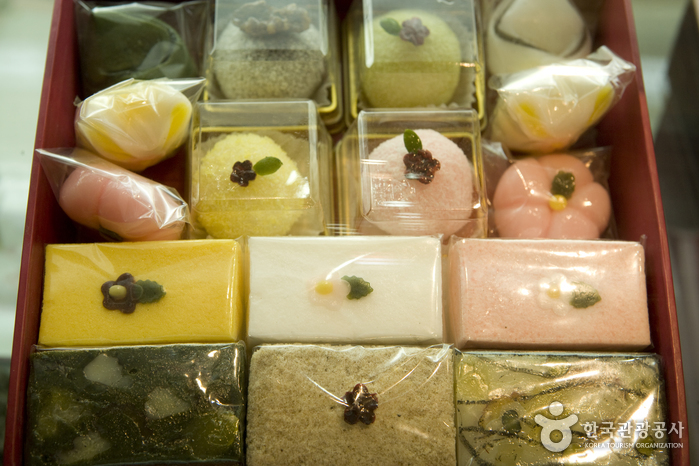
![Seochon Guest House [Korea Quality] / 서촌게스트하우스 [한국관광 품질인증]](http://tong.visitkorea.or.kr/cms/resource/86/2998986_image2_1.jpg)
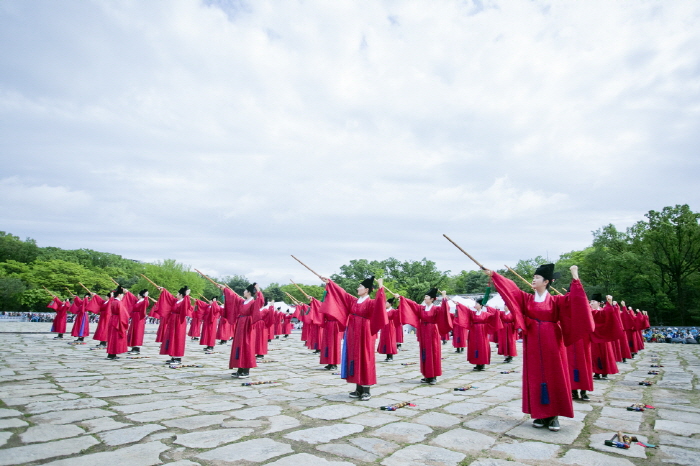
![Himart - Yongdu Branch [Tax Refund Shop] (하이마트 용두점)](http://tong.visitkorea.or.kr/cms/resource/50/2889950_image2_1.jpg)
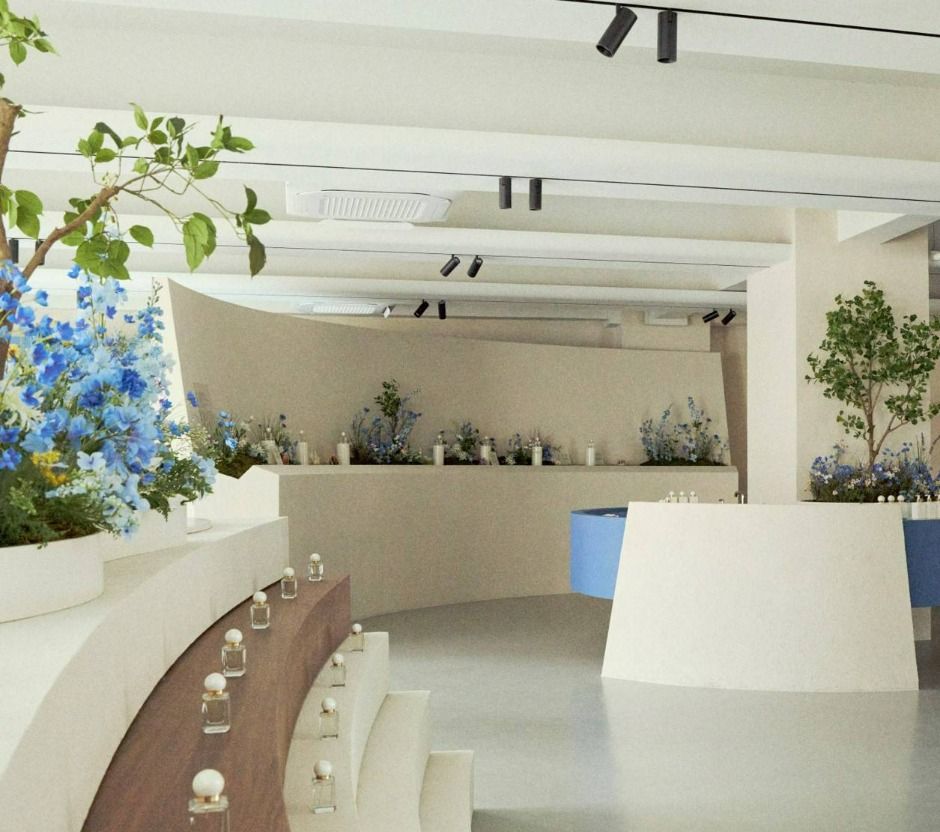

 English
English
 한국어
한국어 日本語
日本語 中文(简体)
中文(简体) Deutsch
Deutsch Français
Français Español
Español Русский
Русский